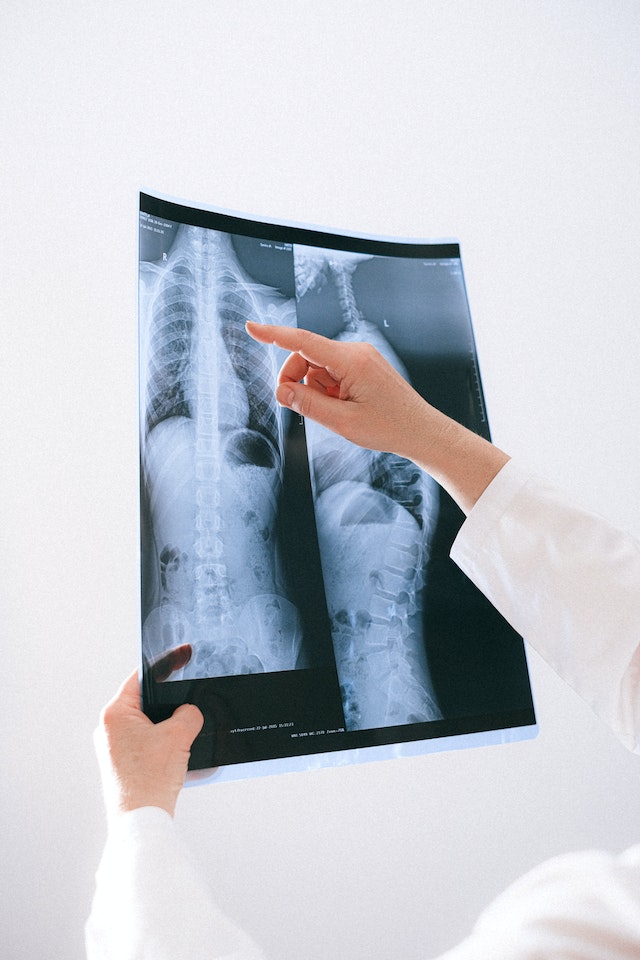Americans, and everyone all over the world, depend on proper medical care. From dental checkups to urgent care visits, medical professionals are absolutely essential, especially when it comes to massive emergencies. If we didn’t learn this fact yet, the pandemic certainly brought it into focus. In 2020, hospitals and medical buildings surged with COVID patients, overloading facilities and professionals alike. Now, with labor shortages, and unfair compensation, nurses and medical staff are going on strike to re-negotiate contracts to make their workplaces a fairer place to be.
Healthcare Strikes Going on Now
Beginning in January of this year, over 7,000 medical professionals went on strike in New York City, says Vox. The strikes involve Mt. Sinai Hospital, and three other facilities, located in the Bronx, owned by Montefiore. Recent contract negotiations failed to provide health care workers with more staff, as well as desired salary compensation, says the article. Over 700 positions are open within the Montefiore facilities, and nurses and medical staff feel overburdened and undervalued. As explained by Vox, when billable hours and revenue collection are limited to doctors who prescribe surgeries and medicine, nurses and other medical staff are a complete cost to the hospital. Even though these professionals are essential to properly run any medical facility, investing in nursing staff becomes a problem when the American structure is a pay-for-treatment transaction in healthcare systems that are for profit.
Last month, on February 27, another strike took place on Long Island with about 800 nurses, says CBS News. At Northwell Health’s South Shore University Hospital, nurses are demanding “safe staffing and fair wage,” says the article. 99% of the nurses voted to authorize the strike.

It isn’t just the United States that’s involved with strikes. Across the pond, in the UK, nurses are also having a difficult time negotiating what they need in their contracts, says IN News. For the first time in Royal College of Nursing history, medical staff, which spanned over 100 services, held England’s largest nursing strike on March 1 of this year. In the 48-hour strike, staff from emergency departments, intensive care units, cancer care, and other services were involved, says the article. Compensation, workload, and workplace conditions are the terms UK nurses are fighting for. Since 2010, nurses’ compensation has fallen 8%, says the article.
Both in the US and UK, nurses have made it clear that they do not want to strike, leaving vulnerable patients in a bind, says USA Today, and IN News. “Bosses have pushed us to strike by refusing to seriously consider our proposals to address the desperate crisis of unsafe staffing that harms our patients,” said a union representative from The Nurses Association to USA Today.
Re-negotiated contracts and tentative agreements were reached in New York, some involving a raise of 5-7% over the next three years for nursing staff, as well as staffing increases, says Today. Negotiations in the UK came to an agreement on March 16, with more than 1 million NHS staff receiving a raise, says gov.uk.
Shortage in Radiologists
It’s not just nurses that are in shortage, but also those in the radiology field as well. Luckily, partnering with a teleradiology company like Vesta allows you to fill in those gaps you have—whether you’re short-staffed for weekend work or simply need reliable interpretations around the clock. Vesta also offers top-to-bottom healthcare staffing from its sister company, Momentum Healthcare Staffing for positions such as locums tenens and permanent nurse practitioners, physicians, medical assistants and more.

